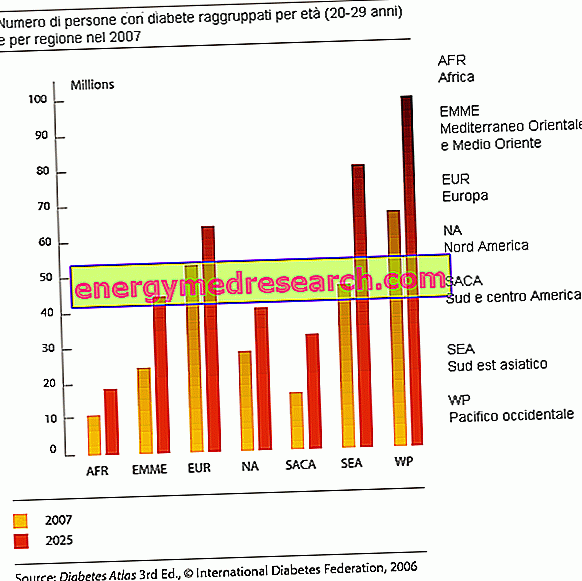
Fleas can be a problem for the dog or cat throughout the year, considering that the heated domestic environments are an ideal habitat for these pests in the winter months; however, the " flea season " would typically go from the beginning of spring to the end of summer.
The life cycle of the parasite lasts on average 2-3 weeks; adult fleas live and mate on the host without ever abandoning it, except in cases where they are forced. They reproduce very quickly: in one day, a single female flea can lay up to 50 eggs, for several weeks.
The eggs, white or oval, are laid on the coat of the animal where they remain for several hours, before falling to the ground in various parts of the house or in the environment. In hot and humid climatic conditions, the eggs hatch in 2-5 days, releasing larvae a few millimeters in size.
The larvae actively search for moisture, avoid direct sunlight and feed on organic environmental debris such as faeces produced by adult fleas, food residues and fragments of skin or hair. The larvae are elongated, without legs and whitish in color. Within a period that varies from a few days a few months, each larva produces a cocoon, the pupa within which it turns into an adult in about 10 days.
When the environmental conditions are optimal, including the availability of feline or canine hosts, the adult insect emerges from the pupa. The entire development cycle can be completed in three weeks, although fully trained adults can survive within the cocoon for many months. These "latent" adults represent a large reserve of parasites in the environment, ready to suddenly infest a passing guest and start their life cycle again.



